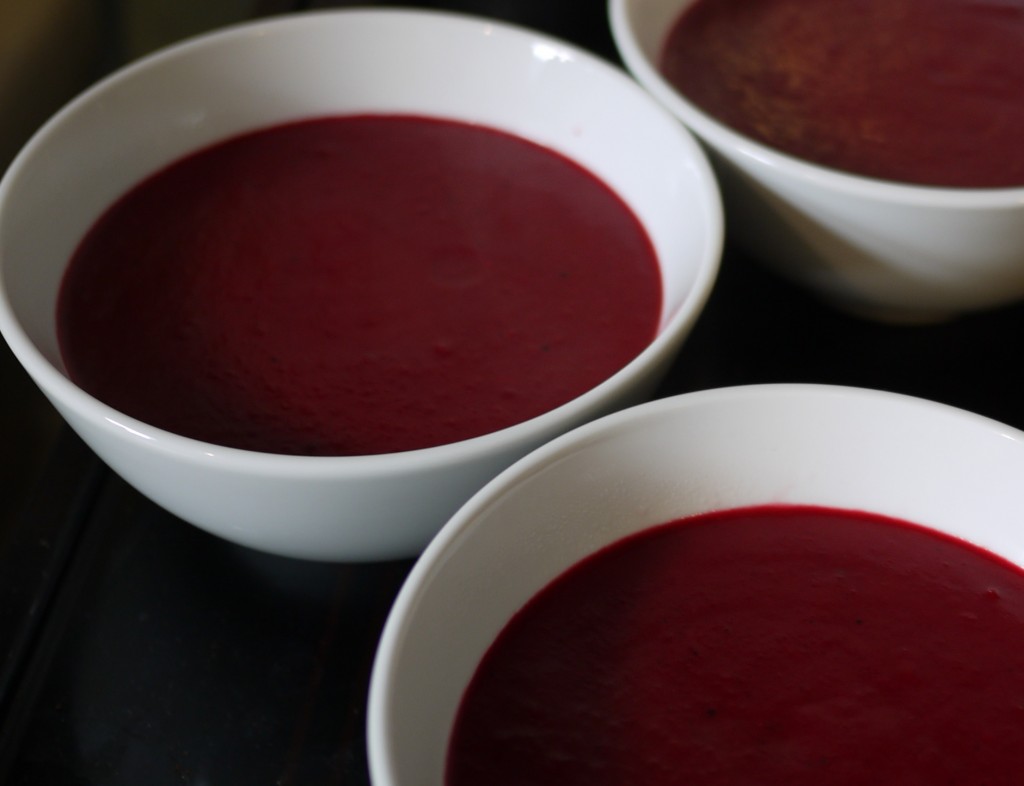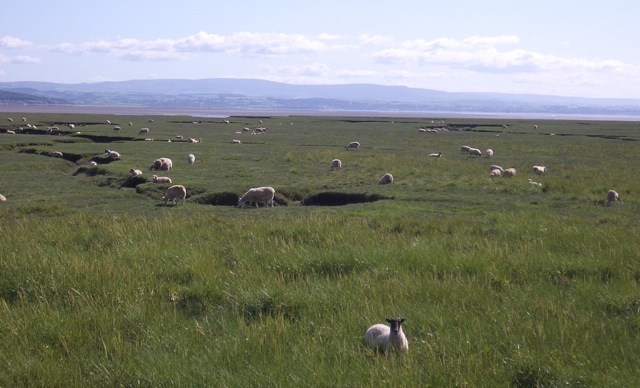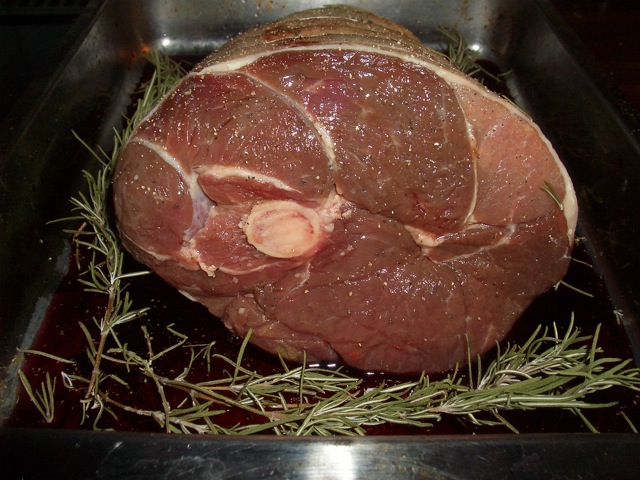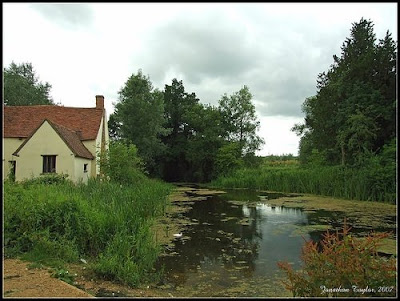Matching food to wine or wine to food? Well normally I decide what I want to eat and then I think about what wine might go with it. I’m no expert at all, I stick mostly to ‘standard’ rules and also to wines I like. Occasionally I’ll go a bit off-piste, or someone will introduce me to something different, then I’ll revise my rules a bit. But its always the food first and the wine second.
In the last few weeks there’s been chance to turn this on its head. Try the wine and then wonder what to eat with it. Maybe if you have an extensive cellar this is a game you can play regularly….
“Darling I’ve found another bottle of that Puligny-Montrachet 1978 stuff, do you think it would be best with ……”.
These weren’t quite those kind of chances. Instead they were regular priced wines looking for new partners. First there was the Casillero cook off, great fun, great recipes and finding out that a wine I probably wouldn’t have looked at (I often avoid big brand names) was actually eminently drinkable. And now Niamh over at Eat Like a Girl is luring us with the possibility of prizes to try our hands at matching prosecco to food. Specifically Bisol Jeio prosecco and a chance to eat at the chefs table at Trinity.
Prosecco isn’t something I know much about and tempted by the possibility of a free tasting to help inspire food choices I popped over to Niamh’s (almost an institution) stall at Covent Garden on Thursday to see the lie of the land. I had a chat with Niamh about doing the stalls (hard work, great fun) and sipped the prosecco. Pears, peaches, off dry – but what to make to go with it. In my books prosecco, like most sparkling wine, makes a lovely aperitif but its maybe not quite so easy to have with food.
A little bit of googling and reading and a few thought came to mind…..pears…well they go well in salads with blue cheese and often walnuts. Pears and peaches…sometimes served with air-dried hams. A sweetish fruit and salty theme was emerging. I’d also got a hankering for something autumnal, earthy…
On the day I decided to experiment my husband turned out to be having beer in Bath, that’s the town in Avon and glass after glass of hoppy malty brown liquid, rather than any other beer/bath combination that might spring to mind. This meant that I had been abandoned/left to my own devices/was delighting in the perfect moment to do exactly as I wanted* (please delete as applicable). This was fortuitous, mostly he’s not a fan of sparkling wines, of blue cheese, or sweet/tart combinations and that’s right where I was heading.
Off to purloin ingredients from the local, erm, (super)market to combine with some goodies I already had in the fridge. I was aiming for English meets Italian. Italian wine, English inspired dish. This is where I ended up:
Goodshoeday’s autumnal sort of salad (for 2 people as a light meal or starter)

6 small beetroots
½ small squash
2tsp salsa di mostarda (I actually used some of the sweet pickle juices from my pickled cherry plums)
extra virgin cold pressed rapeseed oil (I like Hill Farm – and no they haven’t sent me any for free)
Blacksticks Blue cheese
Smoked cured ham (I used Richard Woodhall Black Combe Ham)
¼ savoy cabbage
Roast the beets in their skins for 1*1 ½ hours at R6/200C covered in foil. Top and tail, peeland cut into quarters (remember to wear rubber gloves), and keep war
Peel and core the squash and cut into small chunks. Roast in rapeseed oil for 40 minutes at R6/200C.
Shred the cabbage fairly coarsely and steam for 3-4 minutes so it retains some crunch.
Toss the beetroot and squash in the salsa di mostarda and some rapeseed oil.
Arrange 3 slices of ham on each plate with a gap in the centre. Pile the steamed cabbage in the middle then add beetroot and squash, add slivers of cheese and serve.
It was delicious though I have no idea whether it goes with prosecco of any type let alone the Bisol Jeio – the supermarket was clean out of prosecco all the other bloggers must have got their first.
 I love beetroots, especially roasted or in soup. In fact roast beetroot soup is just brilliant, super tasty and very easy to make. I just had some for lunch so I thought I’d share my recipe.
I love beetroots, especially roasted or in soup. In fact roast beetroot soup is just brilliant, super tasty and very easy to make. I just had some for lunch so I thought I’d share my recipe.









 Hmmm looks like a bunch of weeds in a badly tended garden if you ask me…..but hold one we are going to find at least FOUR, yes that’s four, edible goodies in this patch.
Hmmm looks like a bunch of weeds in a badly tended garden if you ask me…..but hold one we are going to find at least FOUR, yes that’s four, edible goodies in this patch.




